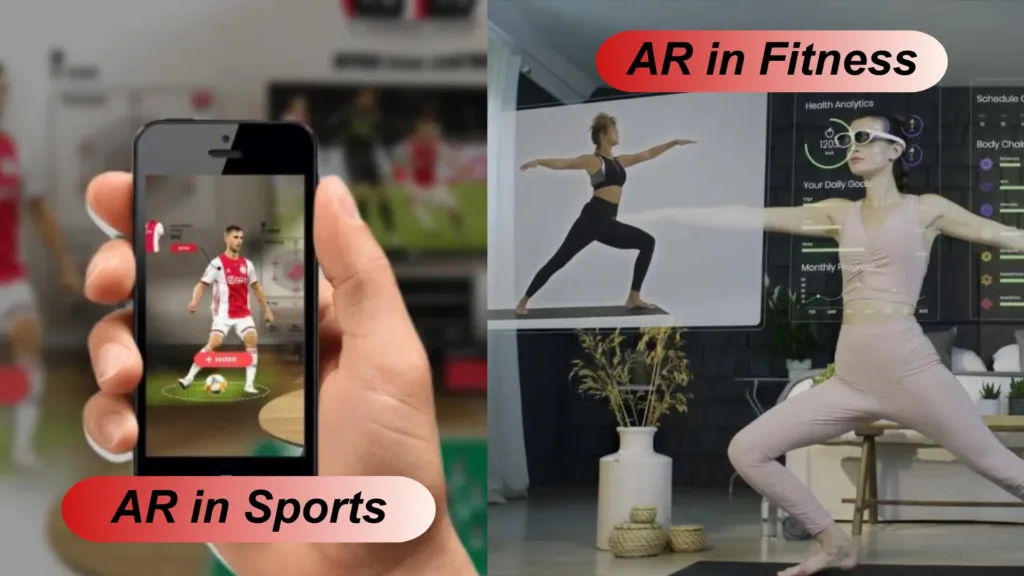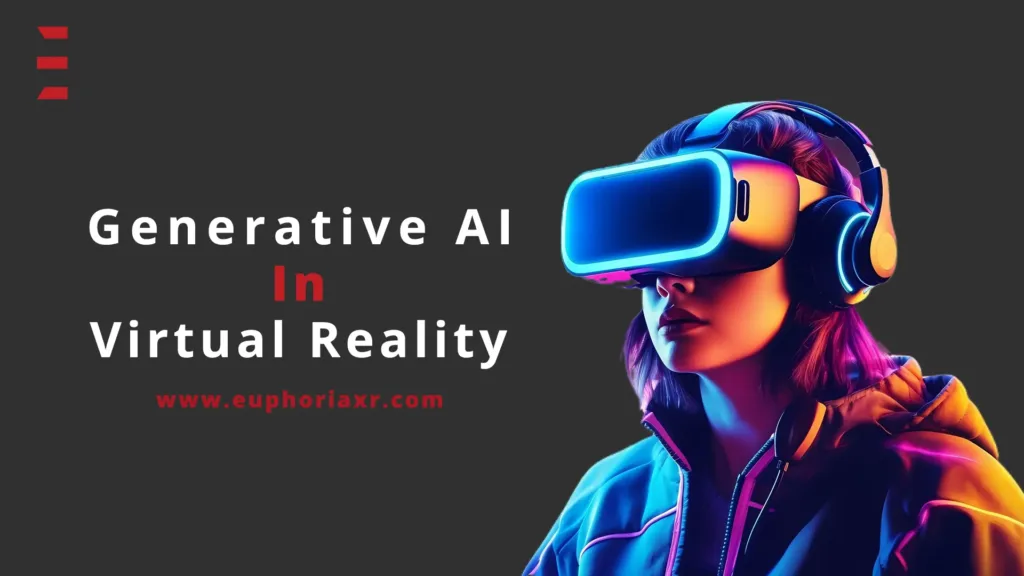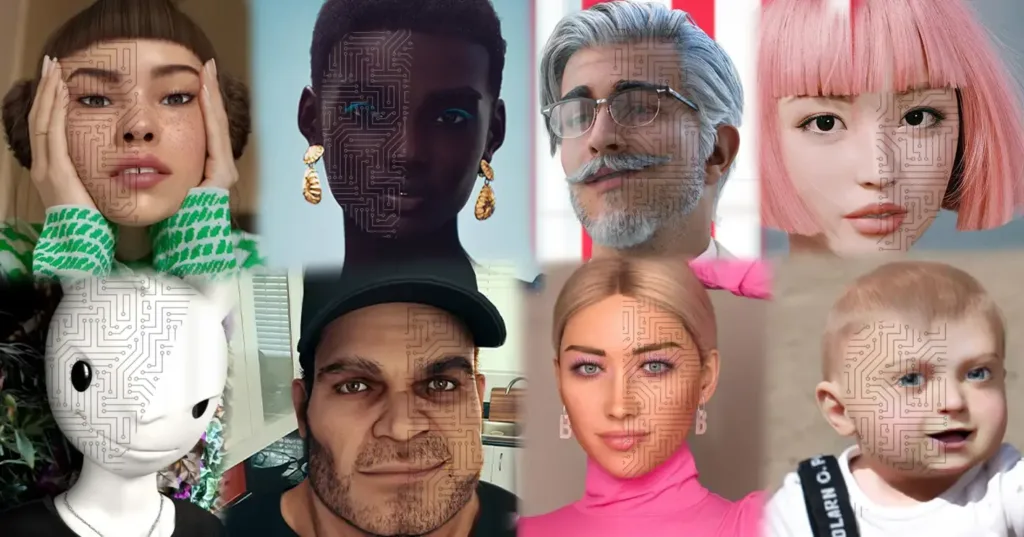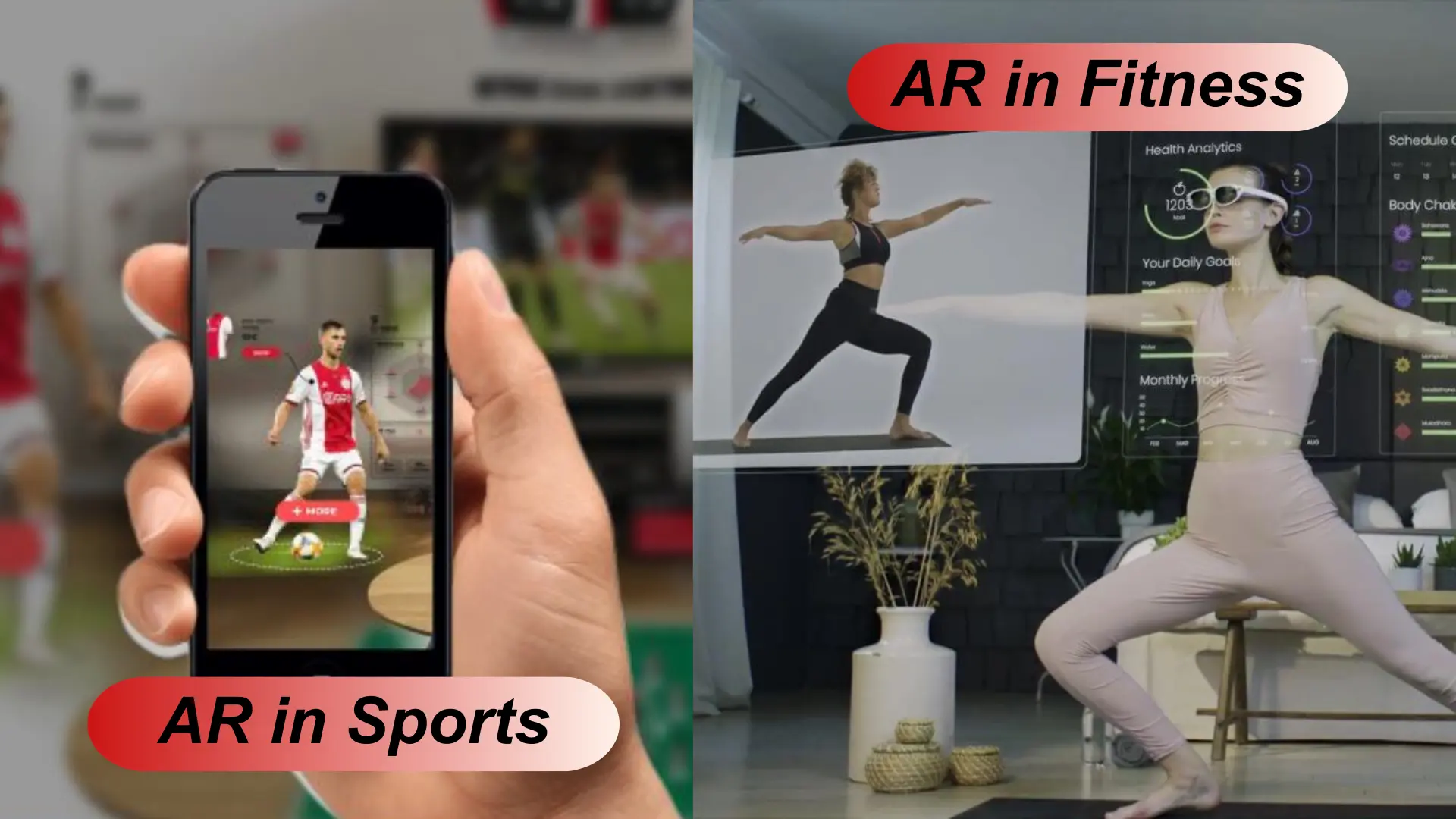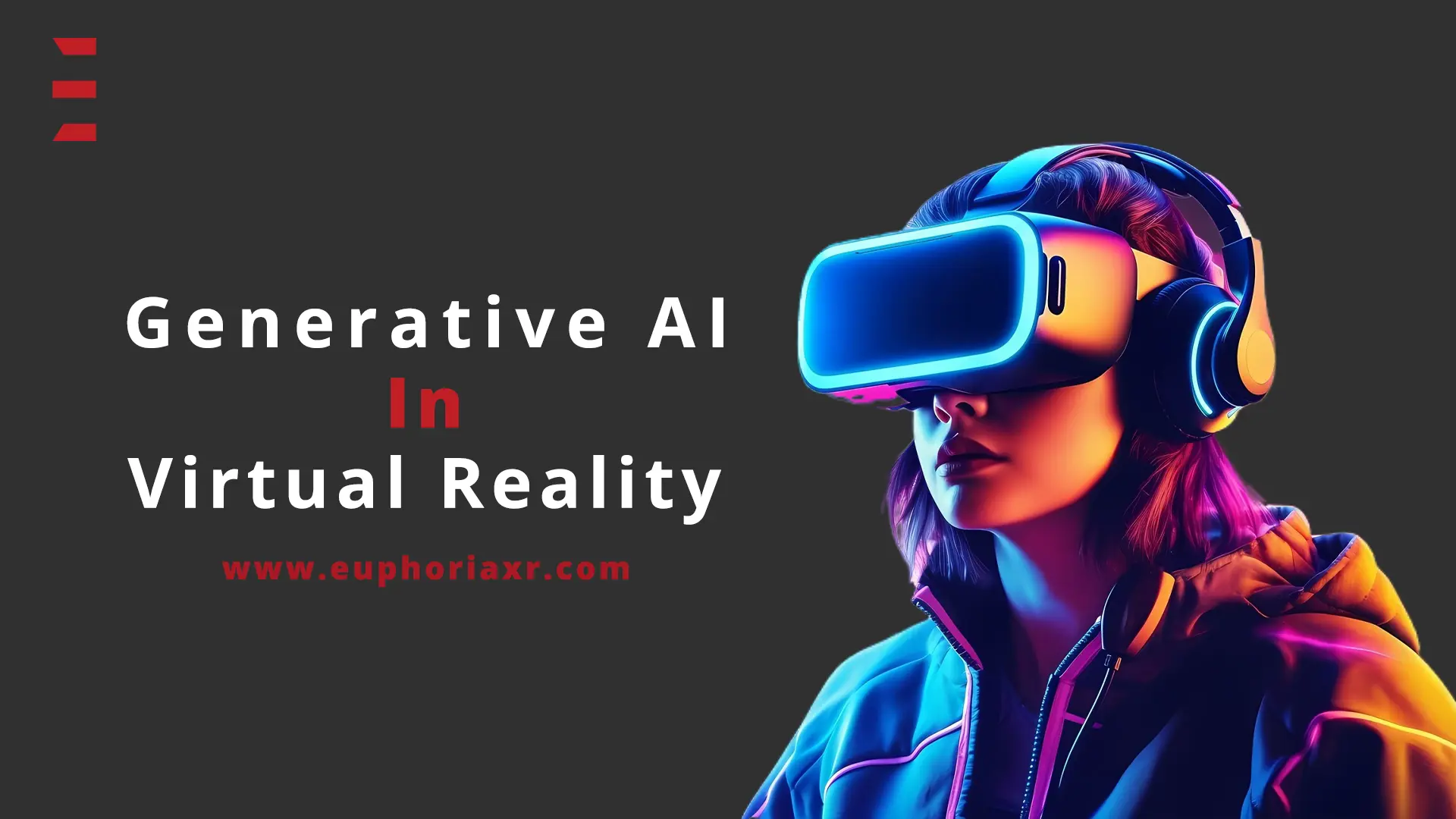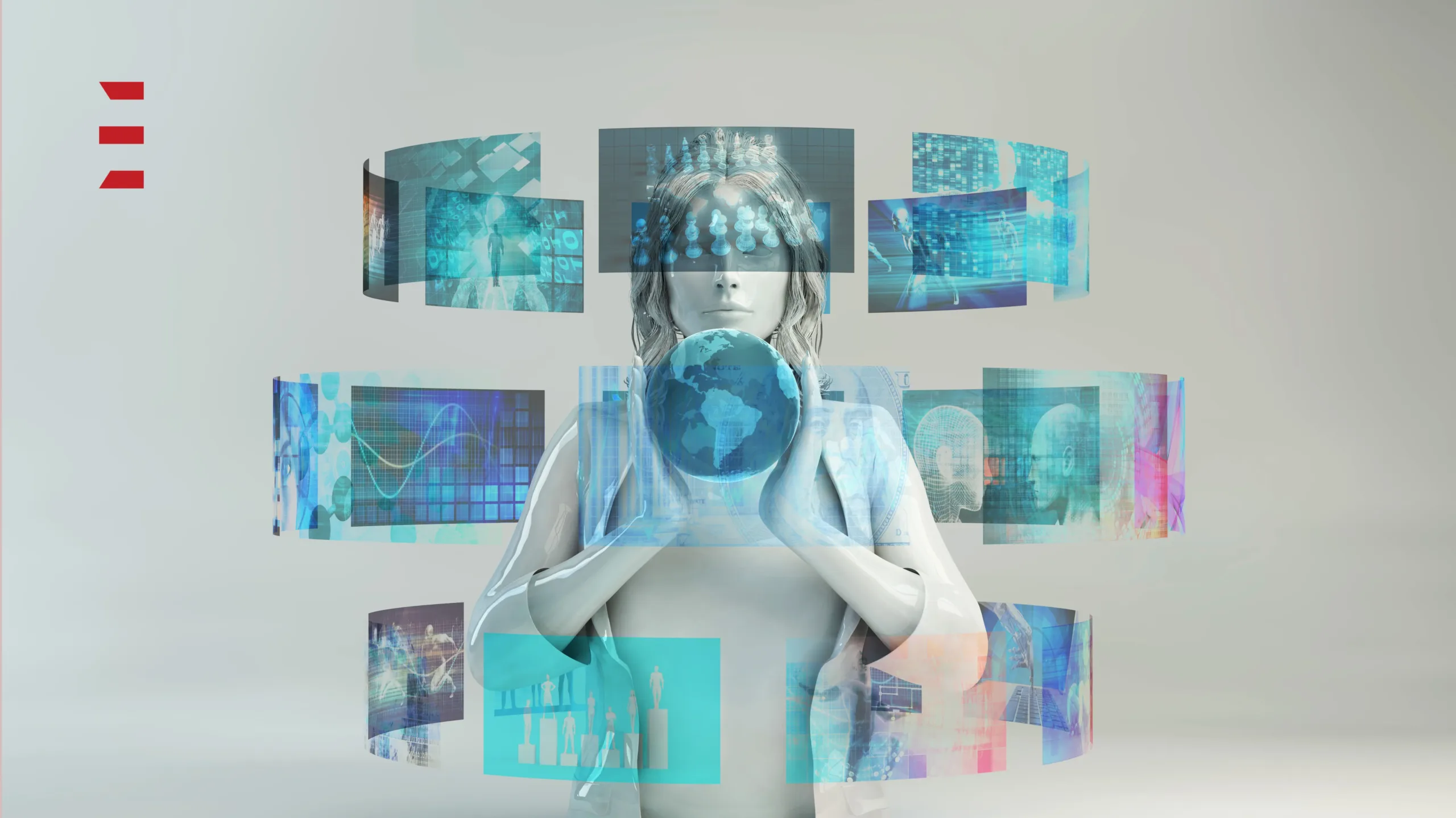
Step into a world where verb conjugation memorization and flashcards are a thing of the past. Imagine yourself during a French conversation, picking up crucial words as you face off against fire-breathing dragons or ordering a steaming bowl of ramen in a bustling Tokyo market. This isn’t a scene from a sci-fi movie but a glimpse into how Mixed Reality (MR) is reshaping language learning.
The latest survey of Market Research Future demonstrates that the global mixed reality market is expected to grow at a compound growth rate (CAGR) of 30.4% from 2024 to 2032, from USD 1.178 billion in 2022 to USD 12.831 billion.
This survey demonstrates that by 2032, there will be more developments in the field of mixed reality. Time will further reveal what happens next.
What is Mixed Reality (MR)?
In Mixed Reality (MR), virtual and real-world elements are combined to create new simulated settings and images in which digital and physical objects interact in real time. It is a hybrid system that combines virtual reality (VR) and augmented reality (AR) technologies. The development of computer vision, graphical processing, display technologies, input systems, and cloud computing is the foundation of this reality technology.
With mixed reality (MR), digital content is superimposed over the actual world to enhance and augment the user’s impression of reality, unlike virtual reality (VR), which submerges users in fully virtual environments. This dynamic blending of virtual and real elements produces immersion learning environments that engage students on several levels.
Market Overview
The mixed reality market is growing exponentially in terms of content creation tools, hardware, and software. Mixed reality, including augmented reality (AR) and virtual reality (VR), allows users to experience digital content in real-world settings. According to Spherical Insights’ 2023 report, the size of the mixed reality market is projected to grow at a CAGR of 44.39% from 2023 to 2033, or USD 158.37 billion.
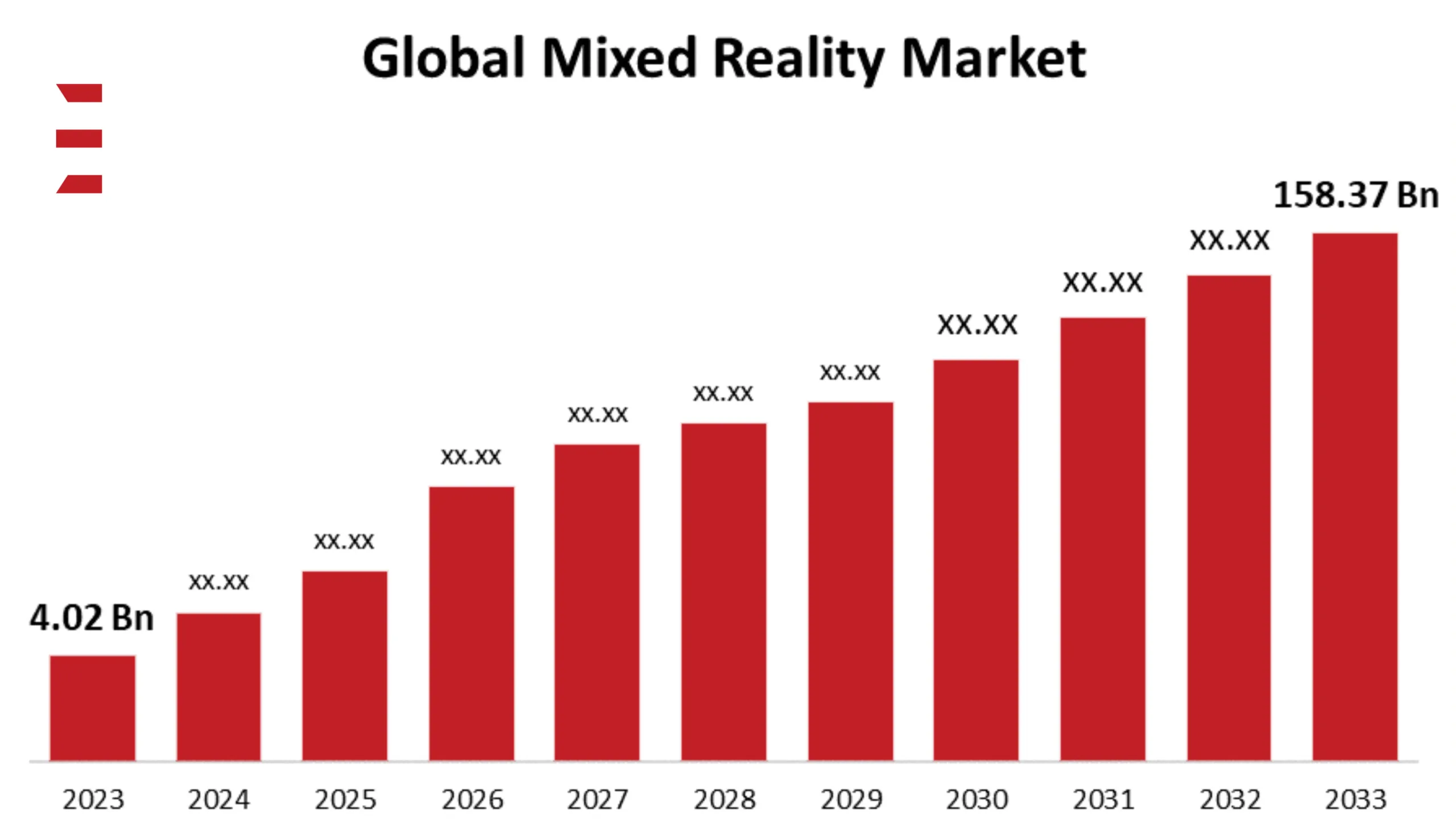
Mixed reality applications are not limited to one industry. They can be found in many industries, including aerospace, e-commerce, reality, automobiles, entertainment, etc. The Food and Drug Administration (FDA) has permitted numerous surgical planning apps for Microsoft’s Hololens mixed reality headset.
Microsoft partnered with companies such as Gaumard Scientific Co. to create future healthcare education enhanced via simulation. Gaumard introduced a new mixed reality (MR) training program called “Obstetric MR” for VICTORIA in May 2021. Its goal is to help students become clinically competent in delivery processes more quickly and effectively. The HoloLens 2 gadget, packed with sensors, is the centerpiece of the obstetric magnetic resonance imaging system. It is used as a birthing training tool by hospitals, medical schools, and nursing schools worldwide. The VICTORIA S2200 maternal and neonatal care model patient comes equipped with new software.
Applications for augmented and virtual reality are expanding quickly, bringing together the technologies to create even more immersive mixed-reality experiences. These interactions drive the need for mixed-reality devices, which helps with market expansion and development.
Benefits of MR in Language Acquisition
Mixed reality is an innovative language learning and teaching approach that provides many advantages for language acquisition. Let’s have a look at these advantages in more detail:
Immersive Learning Environments
MR offers learners interactive, immersive settings where they can interact with language in real-world situations. Learners are actively engaged in the language-learning process, whether interacting with virtual objects labeled in the target language, touring virtual versions of foreign towns, or participating in simulated discussions with native speakers. By allowing students to practice language skills in authentic situations, this immersion promotes greater understanding and fluency as it helps in language acquisition.
Personalized Learning
MR tools allow for the customization of learning experiences to meet each learner’s unique requirements and preferences, accommodating a range of learning styles and skill levels. Artificial intelligence-enabled or AI virtual language tutors can modify their pedagogical approaches in real time in response to student performance, offering personalized feedback, suggestions, and remediation. This individualized method maximizes learning outcomes by focusing on students’ strengths and limitations.
Multi-Sensory Engagement
Mixed Reality stimulates numerous senses at once, giving students a comprehensive, multifaceted educational experience. Through the integration of tactile, aural, and visual cues, MR improves language understanding and memory. To create a genuinely immersive and memorable learning experience, learners can, for instance, see and hear virtual conversations, feel the tactile feedback of interacting with virtual items, and even smell and taste virtual locations.
Real-World Applications
By giving students real-world, hands-on experiences, MR helps bridge the gap between language acquisition and real-world application. Learners can use their language abilities to solve difficulties in real life, get around in daily circumstances, and communicate with native speakers using Mixed reality simulations and scenarios. Learners become more motivated and engaged when they understand how immediately applicable and useful their language abilities are in real-world situations.
Enhanced Motivation and Engagement
By grabbing students’ interest and sparking their curiosity, MR enhances motivation and engagement during language instruction. Because MR settings are interactive, learners can take charge of their education, promoting active involvement and exploration. Gamified components that promote a sense of accomplishment and advancement, like leaderboards, challenges, and prizes, further encourage participation.
Overcoming Language Barriers
MR can reduce language barriers and promote communication in multilingual environments. Virtual language interpreters, augmented reality overlays, and real-time translation capabilities allow learners to engage with multilingual speakers confidently. Promoting communication and understanding across cultural boundaries encourages empathy, tolerance, and global citizenship.
Inclusive and Accessible Learning
MR technology can benefit learners with various requirements and backgrounds by providing more inclusive and accessible language instruction. Learners with disabilities can also benefit from customized virtual environments that offer other modalities of engagement and representation. Furthermore, MR facilitates remote and distance learning, giving students access to language training at any time, location, and speed.
Future of Mixed Reality in Language Learning
With MR’s potential, language learning has a bright future. MR can improve language acquisition for all users by making it more efficient, interesting, and accessible as tools and content advance in expertise. Are you prepared to give up on textbooks and immerse yourself in the world of language learning?
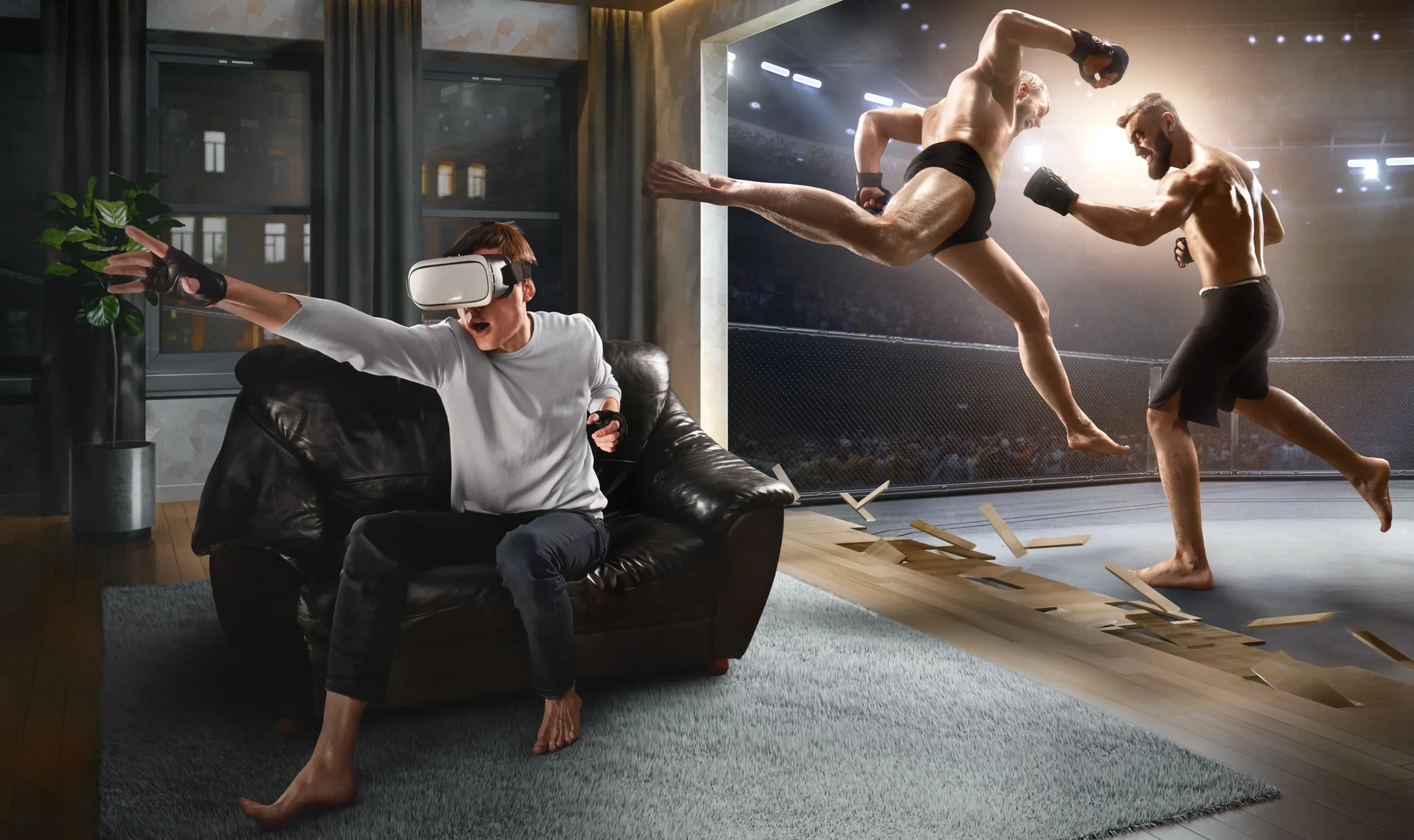
Advanced Immersive Activities
Though present MR applications provide immersive language environments, much more sophisticated experiences are in store for the future. Imagine entering a vibrant virtual marketplace where you can interact with pedestrians, bargain in a foreign language with virtual merchants, or explore a replicated metropolis. Due to these incredibly engaging scenarios, learners will have unmatched opportunities to practice real language and immerse themselves in another culture.
Personalized Learning Journeys
With increasing competence, MR technology will allow customized learning experiences based on each student’s requirements and preferences. Artificial intelligence (AI) based virtual language coaches will modify their teaching strategies in real time in response to student performance, offering personalized feedback and suggestions for development. With this customized approach, each student will be given the help and direction required to meet their language learning objectives.
Collaborative Classroom Environments
With the help of MR, language acquisition might become a social and collaborative activity rather than a solo endeavor. Students worldwide can communicate and work together in real-time through virtual classrooms and language learning communities housed in mixed-reality environments. Learners will improve their language skills and build cultural awareness and empathy through meaningful interactions with peers from different backgrounds, group exercises, interactive simulations, and multiplayer language games.
Immersive Virtual Classrooms
Instantaneous virtual experiences are very important. Since we have more mixed reality tools to implement, we can have more advantages from MR tools. Since the future is near, we must know the latest MR tools and techniques. This is how we can take advantage of the MR tools.
Instantaneous Language Interpretation
Integrating real-time language translation skills is one of the most interesting opportunities for machine learning in language acquisition. Imagine using augmented reality (AR) glasses that can instantly overlay translations on menus and signs in real-world settings or convert spoken words into subtitles. Through the smooth integration of translation technology, learners can easily and confidently interact with speakers of different languages as language barriers are removed and communication in multilingual situations is facilitated.
Integration With Augmented Reality (AR) Devices
Language learning will be completely transformed by incorporating MR into daily life as AR devices become more commonplace. Learners can access immersive language experiences while on the road with AR glasses loaded with language learning apps. This will enable them to practice vocabulary while going about their regular lives. AR gadgets will seamlessly incorporate language learning into daily life, from interacting with virtual language tutors superimposed over real-world items to scanning street signs for immediate translations.
Final Remarks!
Learning languages in the future will no longer be limited by textbooks. Instead, it will use the transformative power of mixed reality (MR). From the comfort of your home, picture yourself honing your basic Japanese while browsing a busy Tokyo market or facing virtual dragons to master French vocabulary. EuphoriaXR has the power to make this fantasy come true. You can consult with our senior XR Software Developer, who focuses on developing innovative MR, VR, and AR experiences. You can construct personalized MR language learning apps, incorporate AI-powered virtual tutors, and design gamified learning experiences by collaborating with us to make language learning enjoyable, interesting, and successful.


